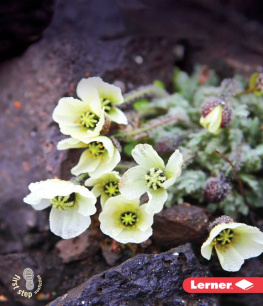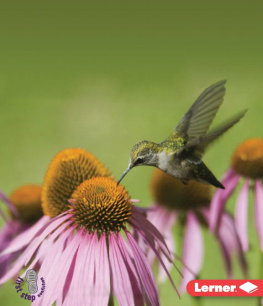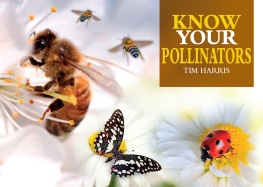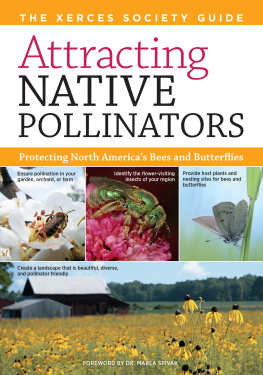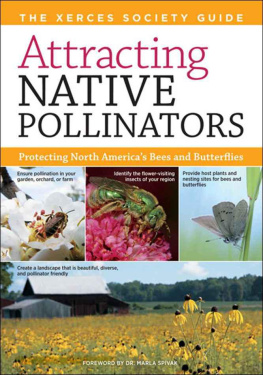POLLINATORS &
POLLINATION
POLLINATORS &
POLLINATION
Nature and Society
JEFF OLLERTON
PELAGIC PUBLISHING
Published by Pelagic Publishing
PO Box 874
Exeter
EX3 9BR
UK
www.pelagicpublishing.com
Pollinators & Pollination: Nature and Society
ISBN 978-1-78427-228-9 Paperback
ISBN 978-1-78427-229-6 ePub
ISBN 978-1-78427-230-2 PDF
Jeff Ollerton 2021
All images and figures are the author unless otherwise indicated
The moral rights of the author have been asserted.
All rights reserved. Apart from short excerpts for use in research or for reviews, no part of this document may be printed or reproduced, stored in a retrieval system, or transmitted in any form or by any means, electronic, mechanical, photocopying, recording, now known or hereafter invented or otherwise without prior permission from the publisher.
A CIP record for this book is available from the British Library
Front cover: Buff-tailed bumblebee ( Bombus terrestris) feeding on Clover ( Trifolium) flowers in unmown lawn, Monmouthshire, Wales, UK. June. Phil Savoie/naturepl.com
Rear cover: Left photo shows a female Dawsons burrowing bee ( Amegilla dawsoni) pollinating camel bush ( Trichodesma zeylanicum); on the right is a male great carpenter bee ( Xylocopa aruana) pollinating snake vine ( Hibbertia scandens). Both photos were taken in Australia, Kit Prendergast.
Centre photo shows a peacock butterfly ( Aglais io) pollinating creeping thistle ( Cirsium arvense) in Britain, Mark Hindmarch.
This book is dedicated to my family: Karin, Ellen, Oli, Patrick and James, whose love and support I cherish thank you!
Contents
In writing Pollinators & Pollination: Nature and SocietyI have tried to provide a personal, state-of-the-art overview of what pollinators are, where they are to be found, how they contribute to the pollination of both wild and agricultural plants, supporting the wild ecosystems and agricultural yields on which our civilisations depend, and how individuals, governments and organisations of all kinds can and do play a role in their conservation. While the book is aimed at a very broad audience, and is intended to be comprehensible to anyone with an interest in science and the environment, and their intersection with human societies, I hope it will also be of interest to those dealing professionally with plants and pollinators. The subject is vast, and those working on bee or hoverfly biology, for example, or plant reproductive ecology, may learn something new about topics adjacent to their specialisms. I certainly learned a lot from writing the book.
The range of species and examples that I cover reflects my own interests and experiences. Inevitably such a personal assessment of the current state of such an extensive subject will miss out topics and studies that others will see as being crucial to the wider implications of how important pollinators are to the natural world and to human society. There is also, given my nationality and where I live and work, a bias towards Britain and the rest of Europe. To those who feel neglected, I apologise: there are only so many pages in a book, and only so many hours in a day.
Any errors of fact are my own responsibility; I would appreciate these being pointed out to me, and I will aim to provide regular updates on my blog. Any differences of opinion are an opportunity for discussion that will move the field on and increase our understanding of a subject that has fascinated me for over thirty years and in which there is still much to be discovered.
So welcome, reader, to my book. Are you sitting comfortably, perhaps with a cup of coffee in hand? Thank the pollinators, and their trillions of flower visits, for your beverage of choice. Are you wearing cotton clothes? Again, thank the pollinators for supporting a fabric industry worth many billions of dollars. Perhaps you have been given this book as a Christmas gift? Did you know that pollinators are responsible for adding aesthetic and financial value to the holly and mistletoe that decorate your house, and a high proportion of the food in your Christmas dinner is the result of insect visits to crop flowers?



